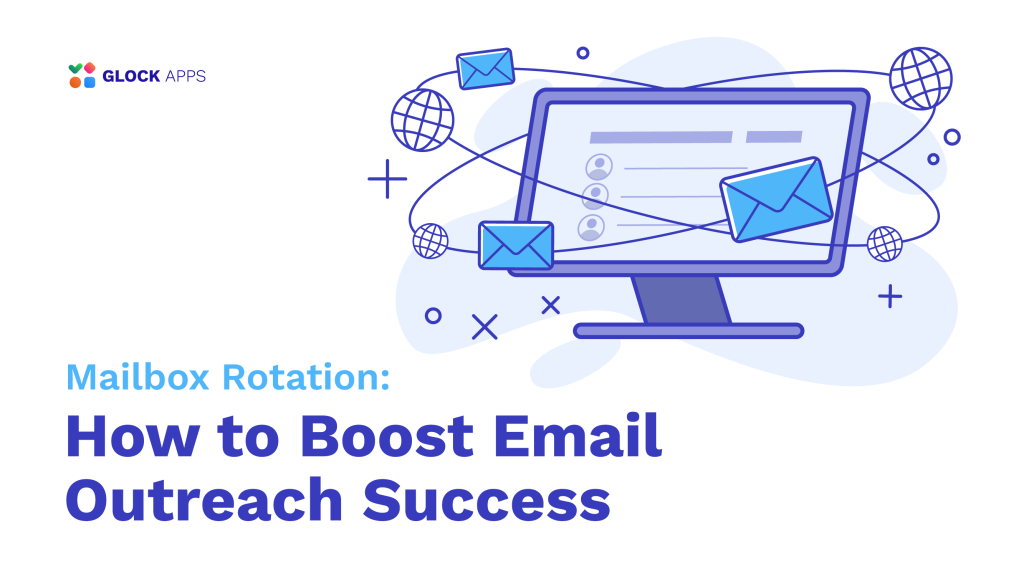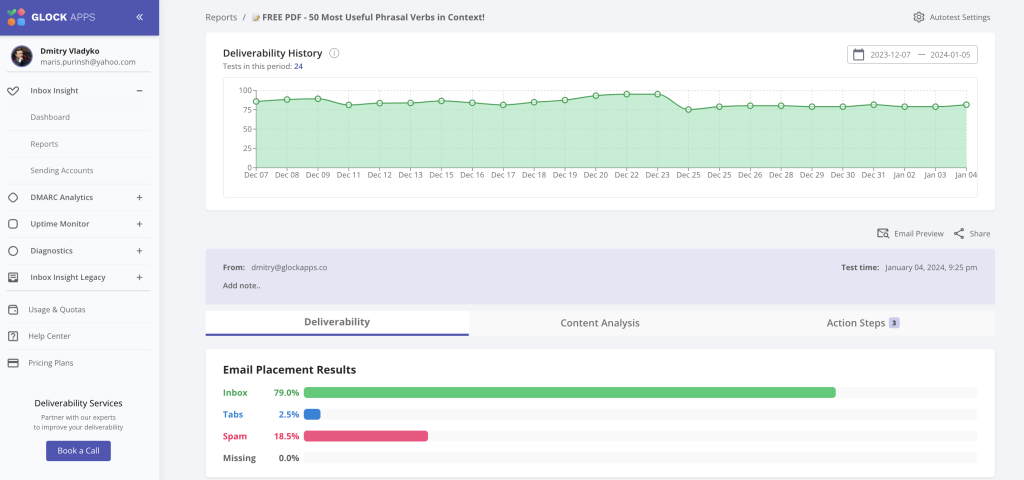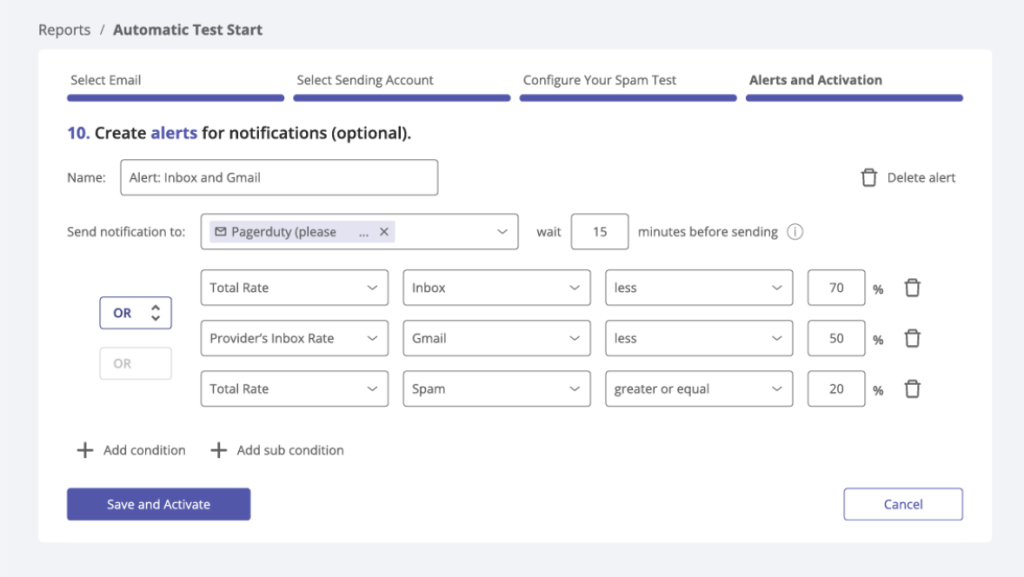Mailbox Rotation: How to Boost Email Outreach Success

Table of contents
Intro
Email outreach remains a powerful tool for acquiring new businesses. However, maintaining high conversions and inbox placement is more challenging than ever before.
One strategy gaining popularity is mailbox rotation. In this article, we’ll dive into what mailbox rotation is, its importance, and how you can leverage it to improve your email outreach results.
What is Mailbox Rotation and Why Is It Important?
Explaining the Definition of Mailbox Rotation
Mailbox rotation involves systematically using different sending domains and mailboxes for your email outreach campaigns. Instead of relying solely on one email address, you diversify your sending sources. This approach helps overcome common challenges associated with email outreach.
Reasons to Do It:
Prevent Issues with Email Deliverability: Sending emails from a single mailbox can lead to deliverability issues, as it may trigger spam filters and blocklists. By rotating mailboxes, you reduce the risk of your emails being marked as spam.
Increase Engagement: Rotating mailboxes helps maintain a high sender reputation, which is crucial for your emails to land in inboxes. This, in turn, increases the likelihood of recipients getting hooked on your emails.
Override Sending Volume Restrictions: email service providers impose restrictions on the volume of emails sent from a single mailbox. Mailbox rotation allows you to distribute your email volume across multiple mailboxes and avoid email accounts getting blocked.
Checklist: Do You Need Mailbox Rotation?
Before diving into mailbox rotation, it’s essential to assess whether your email outreach could benefit from this strategy. Consider the following signs:
Decline in Conversions to Replies and Meetings Booked:
If your email outreach doesn’t meet the desired outcome, mailbox rotation might be the solution.
Low Inbox Rate:
Use tools like GlockApps Spam Test to check your inbox rate. If it’s lower than expected, mailbox rotation could help improve it.
Getting Marked by Spam Filters and Blocklists:
If your emails are consistently marked as spam, mailbox rotation can be an effective preventive measure.
High Bounce Rate:
A high bounce rate indicates that your emails are not reaching their intended recipients. Mailbox rotation can help reduce bounce rates.
High Spam Complaint Rate:
Complaints from recipients can harm your sender reputation. If you’re experiencing a high spam complaint rate, consider implementing mailbox rotation.
Starting from February 2024, Google requires bulk senders to stay under a 0.3% spam complaint rate threshold. If you send 1,000 emails, only 3 need to be marked spam to reach it and your domain gets blocked.
How to Leverage Mailbox Rotation for Your Email Outreach?
Set Up Additional Sending Domains/Subdomains and Mailboxes:
Create multiple sending domains and mailboxes to diversify your email sources.
Add SPF, DKIM, and DMARC Reports for Each Sending Domain/Subdomain:
Implement these authentication protocols to enhance the credibility of your emails and prevent issues with email delivery.
Warm Up the Mailboxes:
Gradually increase the volume of emails sent from new mailboxes to establish a positive sender reputation.
Enable Automatic Mailbox Performance Monitoring with GlockApps:
Use monitoring tools to track the inbox performance of each mailbox, identifying issues promptly.

Set Up Alerts:
Set up custom alerts for a drop in deliverability with the most strategically important mailbox providers:

Manage Domains and Mailboxes Based on Their Performance:
Regularly assess the performance of your sending domains and mailboxes. Temporarily stop sending outreach campaigns and put on mailbox warmups poorly performing ones and introduce new ones as needed.
Conclusion
In the dynamic landscape of email outreach, mailbox rotation emerges as a strategic solution to enhance deliverability, engagement, and overall campaign success. By following a structured approach, including setting up additional domains, implementing authentication protocols, and monitoring performance, you can optimize your email outreach efforts. As you integrate mailbox rotation into your strategy, you’ll likely see an improvement in conversions and a stronger sender reputation, ultimately driving the success of your email campaigns.



